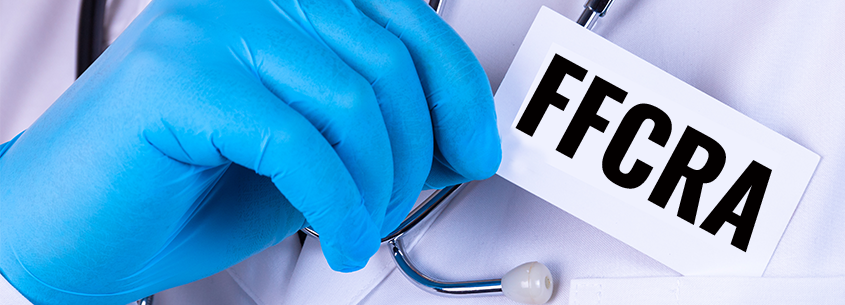The United States Department of Labor (“DOL”) issued a temporary rule (the “Rule”) on September 11, 2020, regarding the emergency paid sick leave (“EPSL”) and expanded family and medical leave (“EFML”) provisions of the Families First Coronavirus Response Act (“FFCRA”). The Rule was issued in response to an August 3, 2020 decision in the United States District Court for the Southern District of New York which invalidated certain portions of the DOL’s April 1, 2020 temporary rule implementing the EPSL and EFML provisions of the FFCRA. The Rule is effective from September 16, 2020 to December 31, 2020, and clarifies, among other things, intermittent leave requirements and the definition of “health care provider.”
Work-Availability Requirement
The Rule reaffirms the requirement that an employee is only eligible for FFCRA leave if work is available to the employee and the employee is actually unable to work. The employee will not be eligible for leave under the FFCRA if the employer does not have work for the employee to perform. Consistent with the DOL’s long-standing interpretation of “leave” under the Family and Medical Leave Act (“FMLA”), the Rule explains that “leave” is clearly understood as an authorized absence from work whereas if an employee is not expected to work, the employee is not taking leave. The Rule also clarifies that the work-availability requirement applies to all six qualifying reasons for EPSL.
Employer-Approval Requirement for Intermittent Leave
The Rule reaffirms that employer approval is required for an employee to take intermittent leave under the FFCRA, consistent with FMLA principles. The Rules explains that intermittent leave is leave taken in separate blocks of time due to a single qualifying reason, with the employee reporting to work intermittently during an otherwise continuous period of leave taken for a single qualifying reason.
The Rule points to the fact that the FFCRA already requires employer approval for an employee to telework. The Rule further explains that agreed-upon telework and scheduling arrangements may reduce or eliminate an employee’s need for FFCRA leave.
Definition of “Health Care Provider”
The FFCRA originally incorporated the FMLA definition of “health care provider” which defines “health care provider” as: “(1) licensed doctors of medicine or osteopathy; and (2) any other person determined by the Secretary to be capable of providing health care services.”
The FFCRA uses the term “health care provider” in two separate situations. In the first instance, “health care provider” is used to refer to medical professionals who may advise an individual to self-isolate due to COVID-19 exposure. The second situation allows employers to exclude employees who are “health care providers” from taking EPSL.
The Rule adopts a revised definition of “health care provider” for purposes of an employer’s option to exclude employees who are health care providers from FFCRA leave to specifically include physicians and others who make medical diagnoses.
Further, the revised definition identifies additional employees who are health care providers by focusing on the employees’ roles and duties. An employee is considered a “health care provider” if such employee is “capable of providing health care services.” Specifically, the employee must be “employed to provide diagnostic services, preventative services, treatment services, or other services that are integrated with and necessary to the provision of patient care.”
The Rule points out that employees who provide services that are too attenuated to be “integrated and necessary components of patient care,” are not considered “health care providers.” For example, a hospital IT professional is not considered a “health care provider” under the Rule’s revised definition.
Notice and Documentation Requirement
The FFCRA previously contained inconsistent provisions regarding an employee’s obligation to provide notice and documentation regarding an employee’s need to take FFCRA leave. For example, requiring an employee to provide notice and documentation “prior to” such leave, and also stating that an employee should give notice of leave and documentation “as is practicable.” The Rule revises an employee’s notice and documentation requirements to require that an employee provide notice and documentation “as soon as practicable.”
Conclusion
The Rule revises the DOL’s April 2020 regulations implementing the EPSL and EFML provisions of the FFCRA. The DOL also continues to supplement its FAQs regarding the FFCRA to help employers and employees navigate its intricacies. Contact your FOS attorney if you need guidance or have any questions regarding the FFCRA.
Be well.





